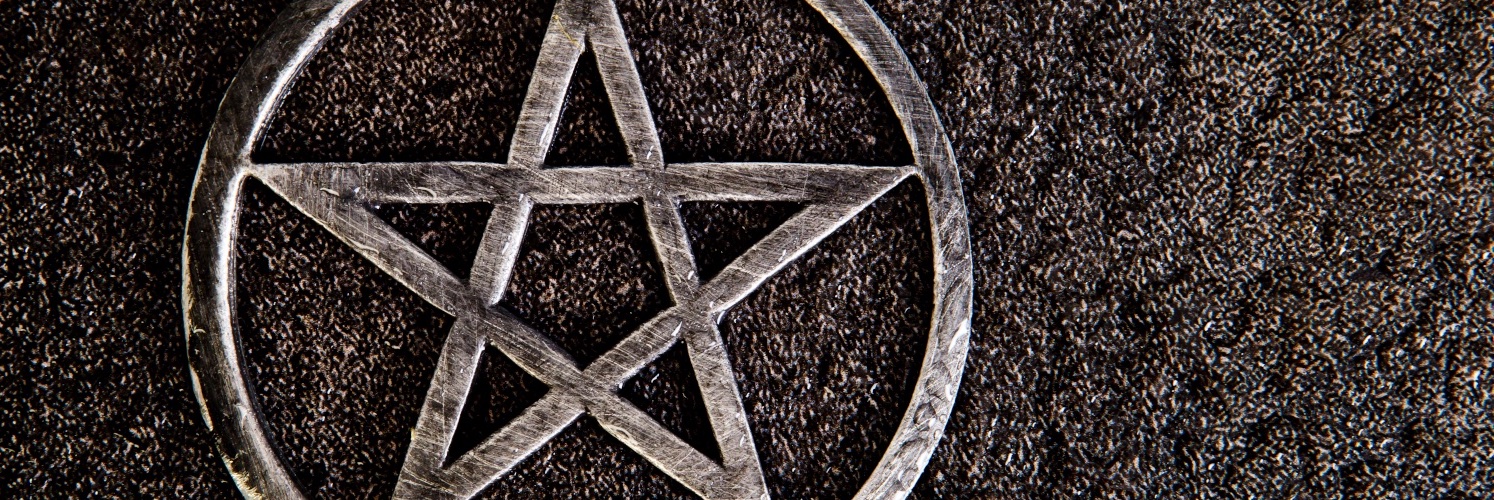Paganism is mainstream enough that there are books available on nearly every topic of interest in major bookstores. And if there isn’t a book available yet, someone’s probably writing it. That is great progress from fifteen years ago when I was seeking to advance my knowledge and become more than a beginner in the Craft.
One thing I learned, both in those days and now as I seek to update my knowledge to more current information, is that the knowledge you seek isn’t always in the New Age or Mind Body Spirit section. It’s in the History section. It’s in the Self-Help section. It’s in translations of ancient texts. It’s in scholarly books and journal articles. And that can be daunting as you start out. It takes research skills. It takes getting to know your librarian. And that’s okay, because there’s a wealth of knowledge out there that’s yours for the learning.
But first, you have to know what you’re looking for.
What Do You Want To Know?
It is a bad plan to go into advancing your knowledge with the mindset of learning everything there is to know. That is the work of a lifetime. What I did once I realized that reading every book on the shelf was draining and confusing was to get out a fresh research notebook, create a topic page for each thing I wanted to learn, and start there. I was interested in pre-Christian Europe, herbal medicine, tarot and astrology, and primitive and old-fashioned skills. After I knew what I was most interested in, I brainstormed ways to get that knowledge, branching outside of the library to specialized websites, public presentations, documentaries, and interviews.
Why Do You Want To Know?
In learning, it’s not only the ‘what’ but also the ‘why’. What are you seeking? For me, I was seeking a dechristianized identity. I wanted to be so immersed in Pagan history and culture that I no longer relied solely on the Christian worldview as my lens through which to see the world. So in my research notebook, on each topic page, I put a statement of what I hoped to gain from this knowledge. “Why: To be more witchy.” “Why: To help others.” “Why: To increase my magickal skills.” I wanted to be the village wise woman, both in practice and in aesthetic, and I also wanted to pack away useful skills as insurance that I’d never actually need to use them.
I was much younger then. Appearances were important to me because I had low self-esteem and a decidedly plastic personality. I was still figuring out who I was at that time and trying to use books and documentaries to help that process along. And that’s a valid reason for wanting to know everything. But it helped me immensely to start small, one topic at a time, no more than 5 books on each topic. Below are the books that have stood the test of relevance for me.
The Book List
Aradia, Lady Sable. The Witch’s Eight Paths of Power: A Complete Course in Magick and Witchcraft. Weiser, 2014. ISBN 9781578635511.
This book is worth it’s measure in gold. Lady Sable outlines each of the traditional eight paths of power in detail, and she doesn’t hold back anything which might be viewed as illegal, immoral, or dangerous. She leaves such judgements of the eight paths to the reader, and that’s why it’s an amazing book for advancing witches.
Burke, Adam. Self-Hypnosis: New Tools for Deep and Lasting Transformation. Crossing Press: 2004. ISBN: 9781580911368.
As an intermediate witch, I knew that I needed greater control over myself before I could have greater control over the things in my world that I wanted to change. Burke’s book taught me practical techniques to do so. The first time I practiced his techniques, I felt an immediate change in my consciousness. I consider these techniques foolproof spells for self-transformation.
Chevalier, Andrew. Encyclopedia of Herbal Medicine. DK, 2016. ISBN: 9781465449818.
During my apprenticeship, I referred to the earlier edition of this book, Encyclopedia of Medicinal Plants, many times. Before I knew it, I wasn’t using any other resources as I learned how to prepare herbal medicines. It’s just that thorough. And while I wouldn’t recommend using it to treat others without having taken some additional training in herbal medicine, it certainly helped me treat myself for common ailments.
Gimbutas, Marija. The Goddesses and Gods of Old Europe: Myths and Cult Images. University of California Press, 1982. ISBN: 9780520046559.
I will be the first to say that Marija Gimbutas’ work has been disproven. What remains outstanding about her work is its mythological significance to the Wiccan/Pagan world. So many people want to believe in a matriarchal prehistory that our religion has built it into our origin story. So, in order to understand that origin story, I read Gimbutas — not just this title but also Language of the Goddess and The Civilization of the Goddess. A stark contrast to Ronald Hutton, she focuses on the idea of a peaceful prehistoric matriarchy that ruled Europe until patriarchal cultures overran and dominated them. Again, like Margaret Murray before her, her work has been disproven, but she provides valuable insight into what would later become the Wiccan worldview.
Harner, Michael. The Way of the Shaman. HarperOne, 1990. ISBN: 9780062503732.
When I came across this book, my teacher gave me a warning: do not attempt the techniques until I had a solid cultural basis for what I was doing. Harner himself admits in the first pages of the book that the first time he attempted one of his own Core Shamanism techniques he gave himself a mild heart attack. So with that cautionary tale in mind, I immersed myself in the Pagan worldview as I believed in it and slowly read through the book. The techniques are powerful, but I certainly understand now why a strong belief system is required to use the techniques safely.
Katz, Marcus and Tali Goodwen. Secrets of the Waite-Smith Tarot: The True Story of the World’s Most Popular Tarot. Llewellyn, 2015. ISBN: 9780738741192.
This book opened my eyes to a great deal of backstory and symbolism behind the Waite-Smith (aka the Rider-Waite) Tarot cards. Since that is the deck I primarily work with, it was good to really dive into the history of these cards and get to know the symbolism in each one of them. For a deeper understanding of this particular Tarot deck, this is the book for you.
Pollack, Rachel. Seventy-Eight Degrees of Wisdom: A Tarot Journey to Self-Awareness. Weiser Books, 2019. ISBN: 9781578636655.
After reading other Tarot books and feeling like I was missing something, I picked this one up, not realizing what a game-changer it would be for me. The most recent edition is revised and expanded, adding even greater depth to the world of Tarot. I think it’s the only Tarot book you need, unless you’re wanting a reference specifically on history, combinations, reversals, or court card interpretations.
Woolfolk, Joanna Martine. The Only Astrology Book You’ll Ever Need. Taylor Trade Publishing, 2012. ISBN: 9781589796539.
This really is the only astrology book you’ll ever need. I learned from an earlier edition of this book, but it helped me so much that I didn’t need to look elsewhere for resources. The updated edition is just as amazing to work with.

